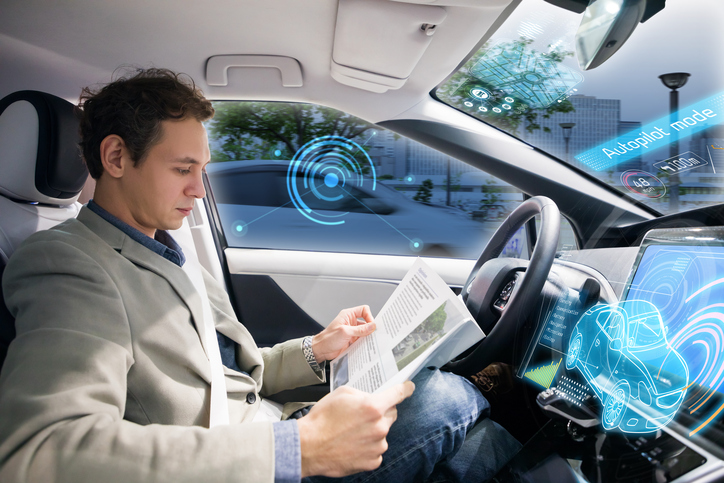Index Surge: Amplifying Your Insights
Stay updated with the latest trends and news across various industries.
Driving into the Future: Are We Ready for a World Without Drivers?
Explore the thrilling future of driverless cars! Are we prepared for a world without drivers? Discover what lies ahead!
The Rise of Autonomous Vehicles: What You Need to Know
The rise of autonomous vehicles marks a significant milestone in the evolution of transportation technology. Driven by advancements in artificial intelligence, sensor technology, and machine learning, these self-driving cars are not just a futuristic concept but are rapidly becoming a reality on our roads. According to industry forecasts, the autonomous vehicle market is expected to grow exponentially, with millions of self-driving cars projected to be in operation by the late 2030s. This shift promises to revolutionize urban mobility, reduce traffic congestion, and enhance road safety.
However, with the emergence of autonomous vehicles, there are several key factors to consider. First and foremost, regulatory frameworks are being developed to ensure safety and establish liability standards. Additionally, public perception and acceptance play a crucial role in the adoption of this technology. Concerns about privacy, cybersecurity, and the potential for job displacement within the transportation sector also merit attention. As we navigate these challenges, staying informed about the latest developments in autonomous vehicle technology is essential for consumers and industry stakeholders alike.

Challenges and Opportunities in a Driverless Future
The advent of autonomous vehicles presents a myriad of challenges that society must navigate. One prominent issue is the regulatory landscape, as governments struggle to keep pace with the rapid development of driverless technology. This could lead to a patchwork of laws that varies significantly from one region to another, creating confusion among manufacturers and consumers alike. Furthermore, there are longstanding fears about the safety of automated driving systems, especially in complex urban environments. As these challenges emerge, public perception and trust in the technology will play a crucial role in its adoption.
Despite these challenges, the transition to a driverless future holds numerous opportunities. One key prospect is the potential reduction in traffic accidents, as studies suggest that most collisions are a result of human error. Additionally, driverless vehicles could revolutionize urban mobility, allowing for efficient transportation solutions that reduce congestion and pollution. Moreover, the integration of these technologies can spur economic growth, with new industries and job roles emerging around the autonomous vehicle ecosystem. Embracing these opportunities will be essential for communities aiming to harness the full potential of this transformative shift.
How Will a World Without Drivers Impact Our Daily Lives?
As we step into an era increasingly dominated by autonomous technology, the world without drivers promises to revolutionize our daily routines. Imagine waking up in the morning, stepping outside, and having a driverless vehicle at your service, ready to take you wherever you need to go. This shift could drastically reduce commute times, as self-driving cars are designed to optimize traffic flow. Without drivers, we may also see a notable decline in accidents caused by human error, leading to enhanced road safety.
Moreover, the absence of human drivers could reshape our urban landscape significantly. With fewer parking spaces needed for personal vehicles, cities could transform these areas into green spaces or pedestrian walkways, enriching our environment. The shift toward a driverless world may also impact industries such as delivery services, where drones and autonomous vehicles will be able to transport goods efficiently, leading to quicker delivery times. Overall, a world without drivers could enhance convenience and change the way we interact with transportation and our communities.